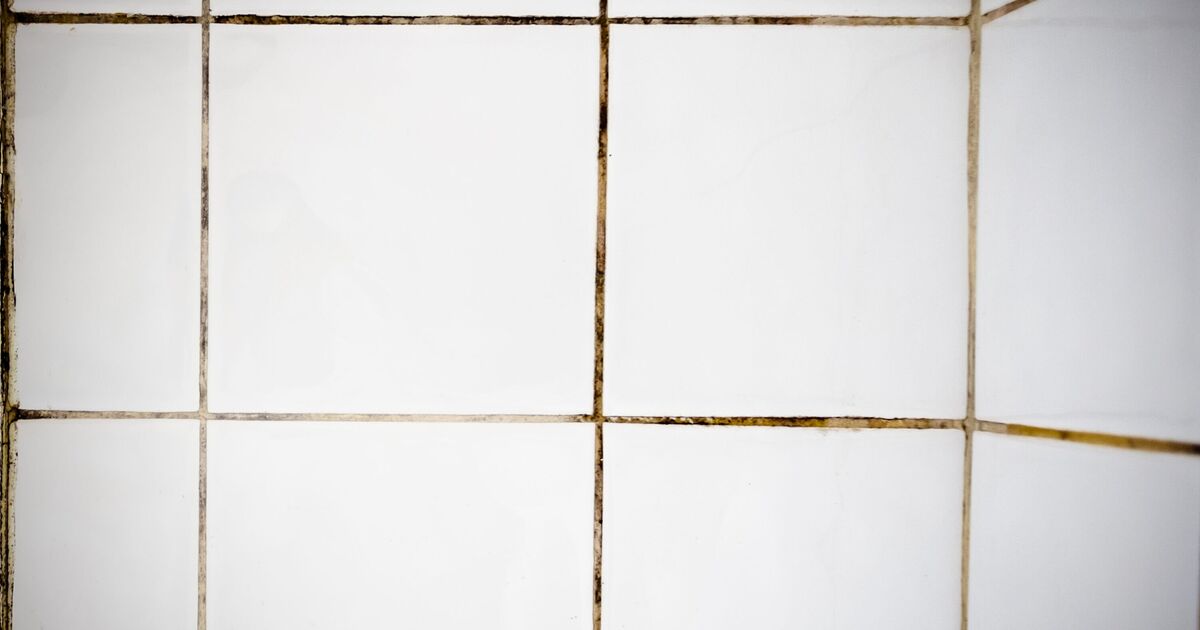Grout, the essential filler between your shiny tiles, can unfortunately become a hotbed for unsightly mould or mildew if neglected, leaving unpleasant stains. Often, grout is discoloured due to mould and mildew build-up, giving it an unattractive grey shade.
Moreover, residue from shampoos and shower gels can further discolour your bathroom grout, leading to an undesirable yellow or orange hue. However, Kerry Hale, cleaning guru from Mira Showers, has some reassuring advice, claiming that tackling grimy or stained grout is “easier than you might think” and can truly transform the appearance of your bathroom. For that pristine white finish, Kerry recommends the power duo: baking soda paired with hydrogen peroxide, reports the Express.
Baking soda is celebrated not just for its whitening and deodorising properties but also as a mild abrasive, ideal for scrubbing without scratching your precious tiles.
Hydrogen peroxide, the grime-fighting hero, excels with its whitening prowess. It annihilates mould spores while being a gentler substitute for harsh bleach.
Ready to combat that grubby grout? Mix up a thick concoction of hydrogen peroxide and baking soda to create your DIY cleaning paste.
Grab an old toothbrush, slather the mixture generously onto the grout lines, covering the target area thoroughly, and let it work its magic for a solid five minutes.
Next, utilise a stiff-bristled brush to vigorously scrub the grout. If stubborn stains remain, apply additional paste and let it sit before giving it another scrub.
Following this, use a damp cloth or mop to remove any leftover paste. Finish off by spraying the entire tiled area with a cleaning solution and wiping it down with a clean cloth or mop.
Cleaning bathroom grout can be a challenging task. Therefore, once it’s spotless, it’s worthwhile taking preventative steps to deter future accumulation of dirt and mould.
One of the “easiest ways to keep grout looking brand new for longer” is to dry tiles and grout after each shower or bath. An old towel or a squeegee can be used to wipe down the shower walls or bathtub after each use.
Maintaining a dry bathroom environment will also help “prevent mould and mildew from growing”. Opening a window to air out the room following a hot bath or shower can aid in this.

